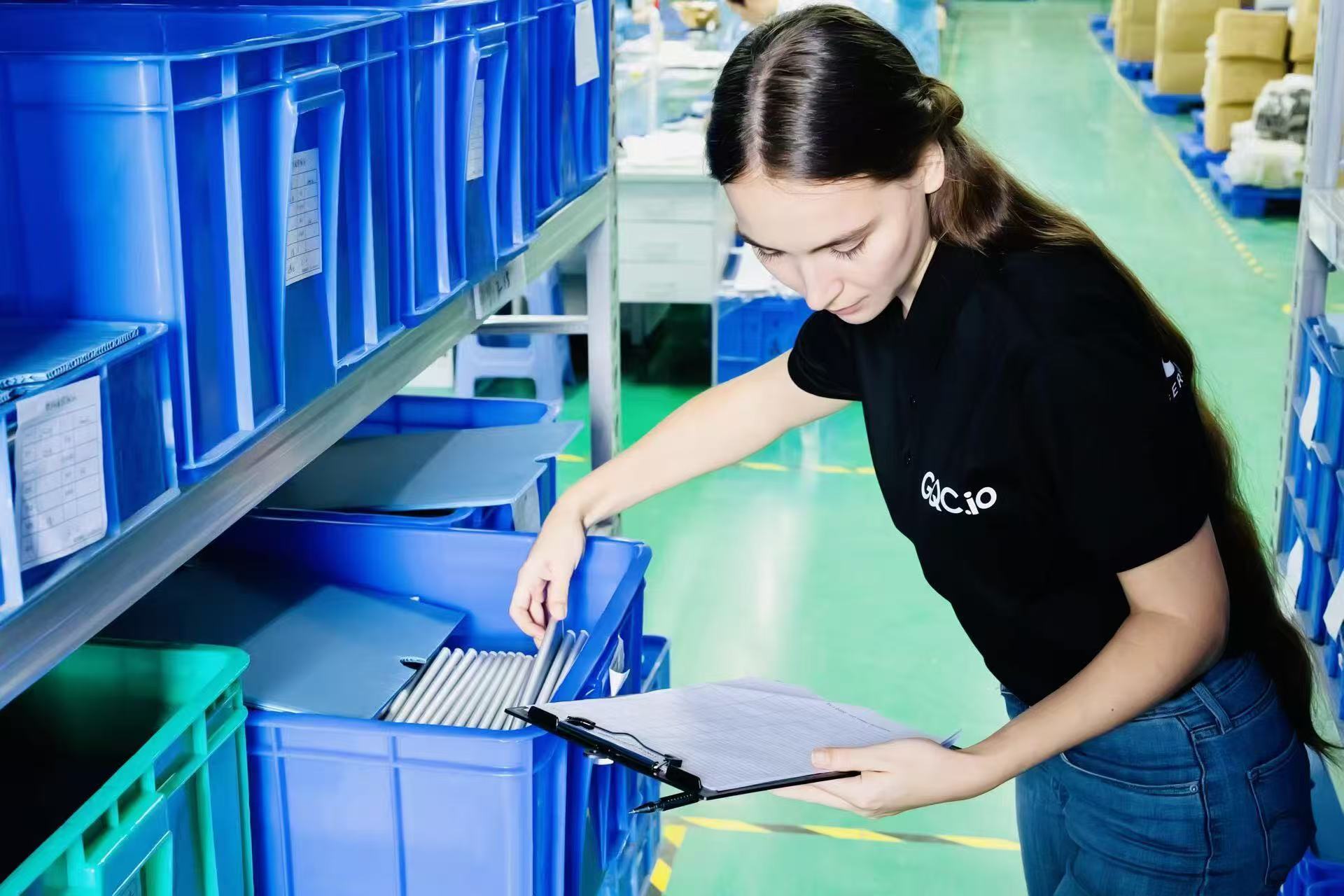One of the most common ways of establishing a feedback loop and coming up with improvement ideas is using the 5W1H method. In its most basic form, it is a tool that helps you to ask questions like 'Who,' 'What,' 'Where,' 'When,' 'Why' and 'How.' These questions, when put together in the context of a product manufacturing process, can help any organization achieve sustainable and qualitative development in the future. The 5W1H method is a living example of the importance of asking questions. According to the ISO 9000 quality management standards, this tool is so important that it has been “designed for use as an audit or investigation tool”.
The 5W1H method is used in quality control to analyze the process. This can be done by asking questions like:
WHAT: The first step in any quality improvement project is to understand the problem. This means asking "what" questions to better understand the root cause of the issue.
WHO: The second step is to determine who is involved in solving this issue. Don't overlook any group or person who may be able to contribute to the solution.
WHY: Why did this problem occur? Why is it important to solve? What are the consequences if it isn't solved? These are all good questions to ask at this stage.
WHERE: Where did it occur? When did it happen? At what point in time did this problem start and end? These are all questions that will help you identify where the problem occurs within your process or system.
WHEN: When did it happen? How often does this problem occur? How long does it take for this problem to happen? Knowing how often a problem happens can help you predict when another instance could occur, which can help create preventative measures for future occurrences.
HOW: How does this issue affect other parts of this supply chain? Does it affect a customer's experience and satisfaction with this product? What impact does this have on our bottom line?
If you are using the 5W1H method for quality control, here are some of its benefits:
Identifies Root Cause Quickly – It’s easy to identify the root cause of an issue when you know how to use this method correctly. Once you know what works and what doesn’t, you can easily find out why something isn’t working as expected by asking “why?” five times over again until you reach the root cause of your problem.
Saves Time – This method saves time because it allows you to identify issues quickly so that they can be resolved immediately instead of spending hours trying to figure out why something isn’t working properly without knowing where exactly the problem lies.
Minimizes Repetition – The 5W1H method is designed to minimize repetitive issues at any stage of manufacturing your product because it helps employees identify any recurring problems so that they can prevent them from happening again in the future.
The 5W1H method is a simple tool which can be used by anyone to solve any issue or problem faced by them in their daily life or at the workplace. It helps in identifying the root cause of any problem faced by an individual or an organization so that it can be resolved easily without wasting time and energy on unimportant issues.





